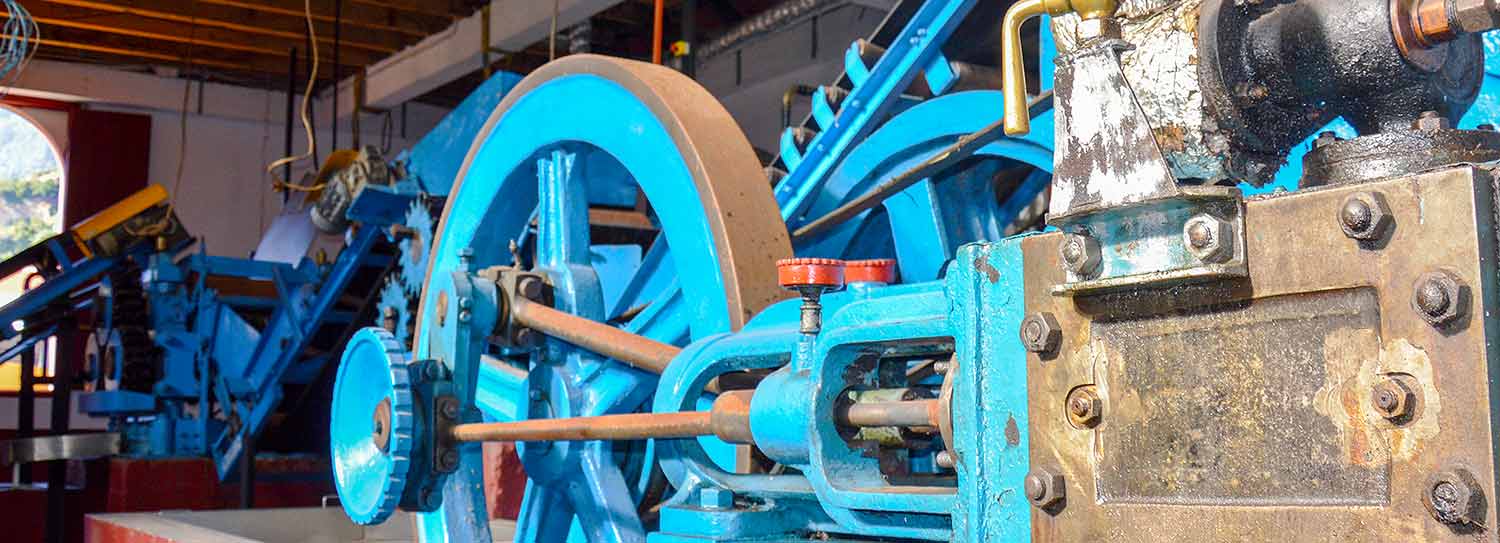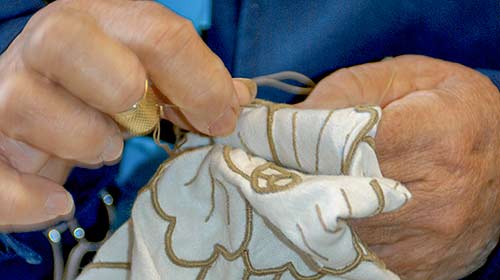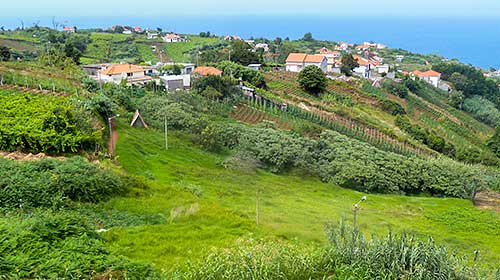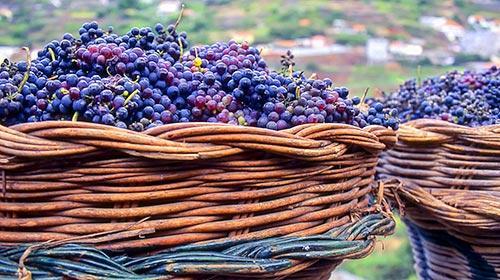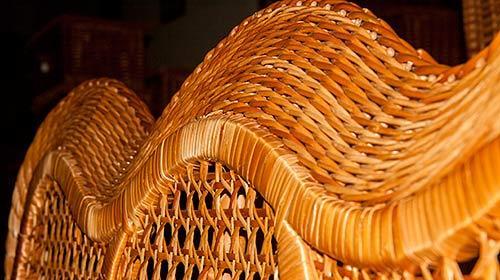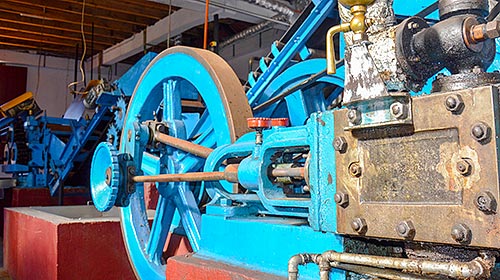The history of sugar in Madeira Island has left evident vestiges on Madeiran society.
Since very early Europe nicknamed their islands according to the products they offered, sugar was the epithet for Madeira Island and some of the Canary Islands, where this crop was the magic wand that changed the economy and way of living of the people.
Sugar basically complemented the economical life of the island. With money coming from the sugar trade, churches (the Sé Cathedral is a fine example) and ample palaces were built. These palaces and churches were abundantly filled with imported masterpieces (many of which can still be seen today in the Sacred Art Museum), which were often traded for sugar.
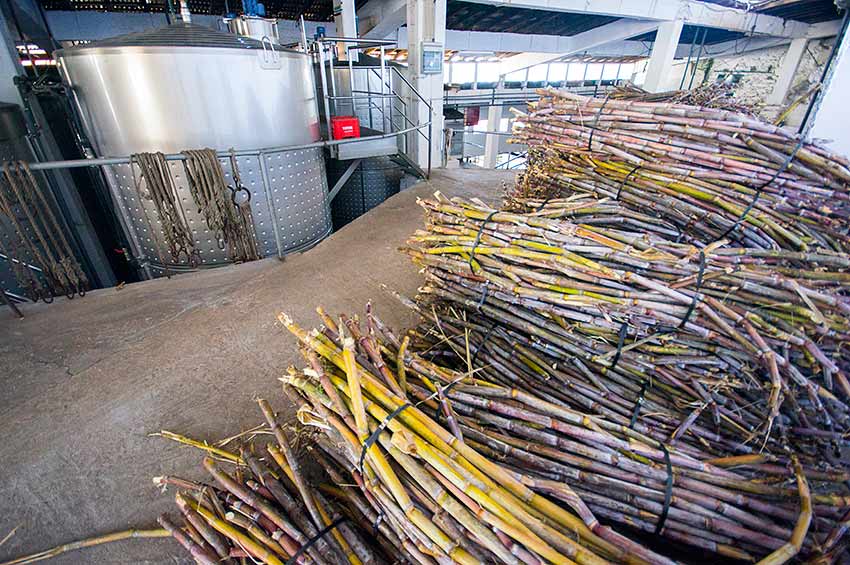
This culture was introduced in Madeira at the beginning of colonization in 1425, and the first species came from Sicily, by order of the Infante D. Henrique.
The sugar industry on the island faced a huge impetus in the 15th and 16th centuries, when the sugar from Madeira flooded the major European markets. In ancient times the sugar cane was squeezed in manual presses or in rudimentary sugar-mills.
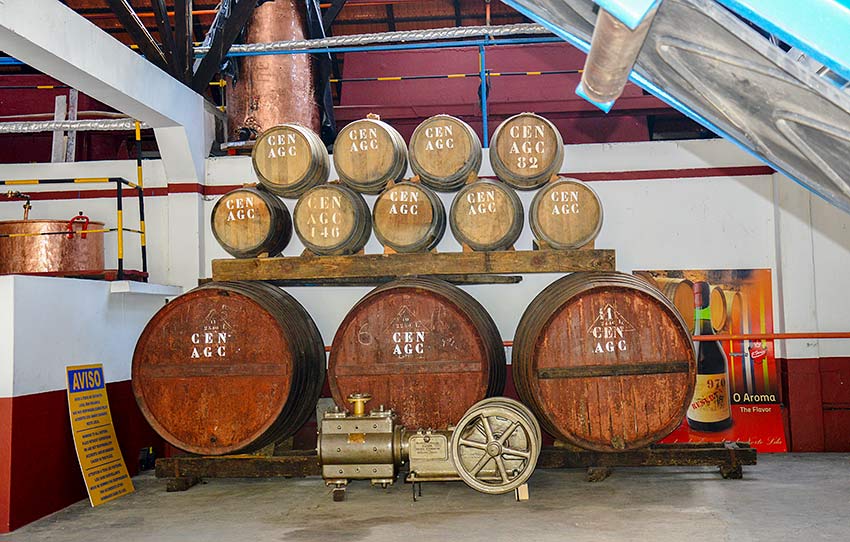
The exports of sugar from Brazil and the Spanish colonies of America were the major cause of the decline of the sugar industry in Madeira.
By 1736 the island already began importing this product from abroad, as island based production could no longer cover the local demand.


 English
English  Português
Português  Deutsch
Deutsch  Español
Español 